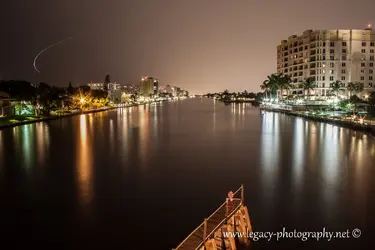Tight Knot
No longer a newbie, moving up!
- Joined
- Nov 30, 2010
- Messages
- 1,398
- Reaction score
- 159
- Location
- Boca Raton, FL
- Can others edit my Photos
- Photos OK to edit

Yeah, number 2 is great, cayto, what does the 2 cents reference mean
Hahaha! Dont really get the relativity to it, but thx!
#1 I like the light on the left in the buildings, gives another intensity to the picture. On the left there is a lot of noise, but if you don't used any other light...
#2 Don't like very much the light in this one. I think the picture is a little underexposed... On the left, there is an element that disturbs a little the composition
#3 With no artificial light you will always get a lot of noise...and this is an example of that is trueGood reflexions on the water!
#4 This angle more open i think works better in this place, many elements, and like this they are in a context
#5 Much better than the others, but same comment for the noise on the left. Nice light on the right.
#6 In my opinion the best picture of this set. Lovely framework and composition, the refletions on the water are beatiful. And you can remove the light of the plane on the left
And that's all, just my 2 cents eheh
Thanks Joshua.Yeah, number 2 is great, cayto, what does the 2 cents reference mean
Hahaha! Dont really get the relativity to it, but thx!
Really? They don't say that Down Under? It's a phrase "Just my 2 cents". . . education opportunity: My two cents - Wikipedia, the free encyclopedia
Tight Knot - I love #6! That air plane making the turn is awesome! Beautiful shot!

Hahaha! Dont really get the relativity to it, but thx!
Really? They don't say that Down Under? It's a phrase "Just my 2 cents". . . education opportunity: My two cents - Wikipedia, the free encyclopedia
Tight Knot - I love #6! That air plane making the turn is awesome! Beautiful shot!
